|
Over the past few months I have been working on the very large project to resurvey the Arthurdale Historic District to update the National Register of Historic Places documentation for the Arthurdale community. This was a project begun by my AmeriCorps predecessor, Emily, and I was able to continue the work for the past few months. Between January and May 2023, I surveyed and documented over 100 buildings and their associated outbuildings within Arthurdale. Arthurdale was listed on the National Register of Historic Places in 1989. The National Register listing includes the core community buildings that are currently owned by Arthurdale Heritage as well as the entire original community boundary of 1200 acres. Currently, Arthurdale Heritage owns twenty-three acres and the Administration Building, Forge, Esso Station, tractor and garage bays, Center Hall, and three of the original school buildings. Additionally, AHI owns two of the historic houses with outbuildings: a Wagner-style house with original root cellar and a Hodgson-style house with original barn. Outside AHI, we estimate that 160 of the original 165 houses remain. The original Arthurdale plots have almost all been subdivided and additional structures have been constructed within the district boundary between 1988 and now. These modern structures also needed to be surveyed to update the 1988 listing of buildings to reflect the current community. 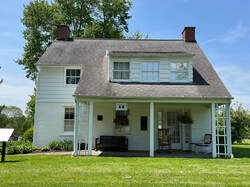 Surveying for the National Register is a process to document every structure within the district to document the architectural character of the historic area. My first step was to use the Preston County tax maps to make a plan of what buildings were in each area to survey and gather pertinent information from the tax records. The next step was to go out into the field to locate and photograph every structure within the listing boundary, both historic and modern, and note architectural details. Each of the properties surveyed gets an individual Historic Property Inventory form which includes architectural details, a full building description, owner and history details, and several pictures of the building. As Arthurdale nears ninety years old it is amazing that so many of the original buildings still stand as actively used houses and community buildings, and that the entire community still retains much of the rural atmosphere even with the addition of modern buildings. Arthurdale, originally called the Reedsville Experiment, was the first New Deal homestead project established under Franklin D. Roosevelt’s subsistence homestead fund. Arthurdale was designated a homestead community in 1933 when the U.S. government purchased land from Richard Arthur to construct the community. Between 1933 and 1937, 165 houses were constructed on approximately 1,200 acres. The U.S. government managed Arthurdale between 1933 and 1947, although the Arthurdale community persisted long after. Eleanor Roosevelt was intimately involved in the establishment and long-term life of Arthurdale. Even prior to her husband’s election to the presidency, Mrs. Roosevelt was involved in relief programs focusing on children and families. With the introduction of legislation to promote subsistence homesteads and relocate people to rural areas, Mrs. Roosevelt and Clarence Pickett (appointed chief of the Stranded Mining and Industrial Populations Section of the Department of the Interior) became interested in the idea. In the summer of 1933, Eleanor Roosevelt surveyed the coal camps of Scotts Run, a mining area just outside of Morgantown, WV. A few months later, the government purchased the Arthur property and recruited families from Scotts Run and north central West Virginia to be the first homesteaders. Arthurdale was intended to be a self-sustaining community. Each family was given a plot of land (2 to 5 acres) and typically a barn and root cellar (or basement in some houses) in order to produce food for themselves and the community. Homesteaders were selected who had knowledge of farming to ensure this was successful. The Mountaineer Craftsmen’s Cooperative Association produced furniture for the Arthurdale homes and for sale, and the government attempted to bring in industries to create economic opportunity at Arthurdale. The community also had its own school system to educate the community's youth. Arthurdale was an example of progressive education. Between 1934 and 1936, Elsie Ripley Clapp–a student of John Dewey–directed the school’s progressive program that stressed individual and hands-on learning. In addition to the schools, the community had a forge, gas station, cooperative store, craft shop, barber shop, and doctor’s clinic. In many ways, Arthurdale was Eleanor’s “pet project.” In addition to surveying Scott’s Run with her friend Lorena Hickock in the summer of 1933 to assess the living conditions of Appalachian mining families, she was involved in the development of the community. For example, she advocated for each house to have electricity and modern appliances that were not common in rural West Virginia. Between 1935 and 1944, Eleanor Roosevelt attended each high school graduation for Arthurdale students. Franklin D. Roosevelt attended the 1938 graduation and is still today the only sitting president to deliver a high school commencement speech. After 1944, Eleanor visited one more time in 1960 for the dedication of the Presbyterian Church. Dr. Kathleen ThompsonKathleen (Katie) Thompson served with Arthurdale Heritage, Inc. and the West Virginia Association of Museums during the 2022-2023 Service Year.
My Civic Service Project was a clean up of the landscape around the Henry Clay Furnace located on the Coopers Rock State Forest. This project consisted of four principal tasks: clearing brush and saplings from the area to the right of the furnace; clearing brush and string trimming the area to the left of the furnace; clearing the brush for a trail between the Henry Clay Furnace Trail and Clay Run; and lastly pruning all vegetation from the furnace that could be reached from the ground. The Henry Clay Furnace Clean Up project was scheduled to take place from 9:00 am to 1:00 pm. By around 9:00 am, twenty four volunteers from First Energy Corporation convened at the Henry Clay Furnace Parking Lot. This was a diverse group coming from various power stations and included more than one manager. Adam Polinski, of the Coopers Rock Foundation, an organizer of many Coopers Rock State Forest volunteer projects, and who aided me in recruiting the volunteers, went over organizational matters with the volunteers. I then gave a short history of the Henry Clay Furnace. Following this brief orientation, every volunteer grabbed a tool or two from the assortment of rakes, mattocks, shovels, saws, and a pair of gloves provided by the Forest and made their way down the Henry Clay Furnace Trail to the furnace. Once at the furnace, teams were formed and the work commenced. Over the next four hours, volunteers cleared the saplings and other woody plants from the area to the right of the furnace and raked up much of the leaves and other debris. These efforts paid off and new stone foundations were revealed. In the meantime, a crew of volunteers pruned all reachable vegetation from the furnace. Another volunteer (actually my next door neighbor) brought his gas powered string trimmer and made quick work of trimming the grass in the area left of the furnace. Another group removed saplings and grapevines in this same area to reveal the foundations of an unidentified structure. At 11:30 am, everyone took a break and I used this time to explain how the furnace operated and the difficulties of getting the finished products to market. Work resumed and large downed branches were cut up and dragged to the brush pile. Other volunteers continued with raking, while a smaller crew cut a trail to Clay Run. At 12:30 pm, as the planned work was winding down, we added one last work activity. While this last activity of the day wasn’t part of the proposed work plan, it was on my wish list for the furnace site, so it was undertaken anyway, given we had such a large workforce. We organized a rock brigade to gather rocks and stones from Clay Run and passed them from volunteer to volunteer up the hill to me. I then placed the rocks and stones in a loose fashion along the gully created on the left side of the furnace by mountain bikers riding down the bank behind the furnace. It is hoped that this rock paving will create obstacles that will deter future mountain bikers from riding down this slope, which is deleterious to the hillside behind the furnace. At this point, it was 1:00 pm and thanks were made to the group as they readied to depart. They gathered up tools and made their way back up the trail to the parking lot. Many of the volunteers had to return to work. Without a doubt my AmeriCorps Civic Service Project was a complete success. I believe that its success was directly related to the desire of the twenty four First Energy volunteers to give freely of their time and their willingness to work hard. Ultimately I believe that the results of my Civic Service Project will continue to bear fruits for many years to come. The Henry Clay Furnace sits at the junction of five trails and while not necessarily a destination, it is frequently visited by hikers and bikers. With the site cleaned up it will make it more of a destination and hopefully in the near future new interpretive signage will be installed explaining how the furnace worked and the function of the foundations revealed in the clean up. Lee R. MaddexLee served as a Preserve WV AmeriCorps member with the Morgantown History Museum during the 2022-2023 program year.
Meet the White Sisters: The First Women to Graduate From WVU with Bachelors of Science Degrees3/27/2023
The White Family Collection was “discovered” in the holdings of the Morgantown History Museum in Morgantown, while I (Lee Maddex, Preserve WV AmeriCorps member) was cataloging the museum’s extensive accessions as part of my AmeriCorps service. Discovering a collection of forgotten historic materials, such as the White Family Collection, is one of the most rewarding aspects of my service at the museum. Much of the story presented below was fleshed out with the use of the Ancestry.com website and Earl Core’s Monongalia Story: A Bicentennial History In June 1895, twins Anna and Stella White graduated from West Virginia University (WVU) with Bachelors of Science degrees. The White Sisters were the first two women in WVU history to graduate with Bachelor of Science degrees. While their graduation was historic, there is more to this story than meets the eye at first glance. The White sisters' education odyssey began in 1886 when their parents Robert and Mary White sold their 320 acre farm in Ross County, Ohio and moved their family to Morgantown, West Virginia. The White’s moved to Morgantown so their six children could take advantage of the educational opportunities afforded by WVU. Relocation for educational purposes was not unusual in the late nineteenth century, as many midwestern colleges and universities did not have dormitories needed to house students, especially women students. By June 1897, all six of the White children: DeWitt White (1864-1953), Charles White (1866-1899), Prescott C. White (1864-1948), twins Anna B. White (1871-1903) and Stella S. White (1871-1959), and Bennett S. White (1875-1962) had all graduated from WVU. The six White children were the largest single family cluster of children graduated by WVU in its first half century. The White family lived in Sunnyside at 118 Beverly Avenue (later 2184 University Avenue; no longer extant). The WVU Bachelor of Science degree program was attractive to women, since it did not require the Latin and Greek language courses required for a Bachelor of Arts degree. Individuals enrolled in a Bachelor of Science degree program had the option of studying the French and German languages instead of the Classic Languages. Bachelor of Science degree program included coursework in History; English literature; Mathematics; Elementary science-Chemistry, Physics, Biology, Geology, Economics, and Sociology; French or German language; and Drawing for a total of 28 credit hours plus 14 elective credit hours. One elective was Library Science. The United States Census for 1900 enumerates that Anna was a librarian and, in fact, the West Virginia University Course Catalogue for 1897-1898 lists Anna B. White as an assistant Librarian with a BS degree. Sadly Anna passed in 1903, from unknown causes. The same 1900 census data enumerates that Stella was a teacher. However later census returns for Stella indicate her occupation was listed as “none.” She was perhaps keeping house for her aging father and then later for her bachelor brother Prescott, a local lawyer. Stella never married and continued to reside in the family home after her fathers death. Stella lived a much longer life than her sister Anna, passing in 1959 at eighty-eight. The twins are interred at Oak Grove Cemetery in Morgantown, along with other members of the White Family. The White Family tombstone is inscribed with “Life Work: Education and Golden Rule as Foundation of World Peace and Happiness.” The White Family Collection consists of a wide variety of items. These items include Anna and Stella White’s WVU grade cards, a teacher certificate for Stella, graduation notices for Bennett White, Prescott White’s grade cards from the WVU School of Law and an assortment of White children diplomas. Additionally there are some 168 letters to various family members including Stella White. Other items include a checkbook, souvenir booklets from vacations, coal accounting sheets for coal lands owned by the family in Logan County, and miscellaneous property deeds. Perhaps most interesting of all there is a huge group of photographs in this collection. The photographs include pictures of Anna and Stella White, Prescott White, Bennett White and other members of the White family and extended family. This assemblage is currently being cataloged and archived and will be available to the public in the near future Lee MaddexLee serves as a Preserve WV AmeriCorps member with the Morgantown History Museum during the 2022-2023 program year.
During my term with the Preservation Alliance of West Virginia’s AmeriCorps program, I have been granted the opportunity to serve the local community of Morgantown, West Virginia. Early on during my service, I noticed that local historical resources were not being utilized by the public. To generate interest in local history I contacted the Morgantown History Museum to coordinate with their institution in administering educational programming for children. I decided to make children the primary audience because of the importance of creating an appreciation and interest in history at a young age. I thought if more opportunities were available for local children regarding humanities such as history, it would lead to an overall community change in engaging with local historical institutions. The objective of this civic service project was to provide assistance to a local museum in connecting and engaging with their community and to also serve the local youth through providing free educational opportunities. In March and April, I held a total of eight programs. The programs were administered on select Saturdays at the Morgantown History Museum with two programs available for each day. All programs were available for ages 8-12 and consisted of a lesson, activity, and snack. Each program was designed for the children to learn about an important part of West Virginia’s history with a particular focus on Morgantown. The programs were as follows: Native Peoples of West Virginia, The Textile Industry in West Virginia, Mining in West Virginia, and the Wildlife of West Virginia. Every program incorporated artifacts held at the museum that children were able to interact with. During that two-month time frame, several children attended the Morgantown History Museum for the very first time. Throughout the programs, the children had a lot of fun and were able to learn and engage with their local history. All of the children were excited to have been able to attend and informed me that they would attend other events like it. The programs encouraged the local youth to visit the Morgantown History Museum where they were able to expand their knowledge of their state and local history in an enjoyable manner. Many of the families who partook in the programs enjoyed the experience immensely and made plans to visit again. The programs had made such an impact on the local community and for the museum that this summer they were held again as part of my regular site duties. For the summer two programs were held in accordance with a local daycare center. For Kindergarten through 2nd grade, the children attended the Native Peoples of West Virginia Program and 3rd grade through 5th grade attended the Wildlife of West Virginia Program. During both programs, the children were excited to learn something new and engage with all of the artifacts that they had access to. After the programs, the children took a tour of the museum to see all of the exhibits. They were all very curious about all of the artifacts and asked numerous questions as they excitedly went about exploring. Many of the children informed me that they hoped to visit the museum again with their families. I am thankful to the Preservation Alliance of West Virginia and the Friends of the Morgantown History Museum who provided funding, to have had the opportunity to positively impact both the Morgantown History Museum and the local community. The programming provided the museum with materials that can be reused to connect and engage with their local community, especially the youth. As well as generate excitement and appreciation of the state and local history among the children in the community. Autumn MartinoAutumn Martino served as a Preserve WV AmeriCorps member with the West Virginia Association of Museums during the 2021-2022 program year.
Returning to my hometown and serving at the Barbour County Historical Museum has given me the opportunity to connect with museum visitors. I enjoy answering questions and learning things for and with the visitors. I do my best to connect the museum to each person’s own interests and history, for even if they’re from far away there is something in the history of Barbour County for all. One visit that stood out was that of Zachary and Katherine Cunningham. Zach is a Barbour County native who recently returned to the area with his wife Katie to open up a chiropractic office in Philippi. Katie’s mother was visiting Philippi for the first time and they all three passed by the museum and saw it was open. Though Zach had been there several times as a child, Katie and her mother had never been. At the time there were several guests in the museum and I was circling around the museum to answer any questions. Wandering by Zach, Katie, and her mom, I overheard a discussion between the two of them looking at the high school photos, searching for Zach’s father. I asked them what years he was in school, between 1959-63. The Barbour County Historical Museum had recently received some year books, including the year Gary Cunningham had been in school. Later I asked Zach and Katie about their visit to the museum and about Gary Cunningham. Gary Cunningham had spent his first three years at Philippi High School and was part of the first class to graduate from Philip Barbour High School. He went to Fairmont State and returned as a biology teacher, after which he went back to school to become a dentist. Gary Cunningham passed away in January of this year. I didn’t know any of this when I went searching for the yearbooks. Zach later told me that seeing his father in a yearbook photo gave him a sense of nostalgia. He could imagine his dad as young kid, growing up in Philippi in a way that is both so different and so similar to today. He said he was impressed on how quickly I picked up on cues and brought them the yearbook. It gave him a personal connection to the Barbour County Historical Museum and and demonstrated how his own family history fits into it. Katie also told me how they walked away from the museum talking about how special it was. Though I don’t have a yearbook with everyone’s parents in it, I do try to make that personal connection with people. Whether they’re from Barbour County or not, there is something in the story of this place that connects with their own story. I love to find those connections and share them with visitors. Marisa TerwilligerMarisa Terwilliger served as the Preserve WV AmeriCorps member at the Barbour County Historical Museum for the 2021-2022 program year.
In the course of my AmeriCorps service at the Morgantown History Museum (located at 175 Kirk Street, Morgantown, West Virginia), I have processed a number of collections. This process involves consulting the accessions inventory and locating the donated item (which can be time consuming). This is followed by tagging each item with a unique number, then scanning or photographing each item, and finally entering a description and image of each item in the Museum’s database. Of all the various collections, perhaps my favorite Museum collection is the Katherine Forman Sterling Faucet Collection. The Museum has many items and objects related to the Sterling Faucet Company, such as Sterling Faucet newsletters, corporate documents, and even a sculpture presented to a retiring executive. These items offer a corporate or a top-down look at the Sterling Faucet. The Forman Collection, however, offers a worker's perspective or a ground-up consideration of work at the Sterling plant. The now demolished Sterling Faucet Company plant was located along WV State Route 7 in Sabraton, a one-time suburb of Morgantown. Sterling Faucet began operations at the site in 1942 (replacing the earlier American Sheet and Tin Plate works, which ceased operations several years earlier). Katherine Forman joined the Sterling Faucet work force in 1963 and remained employed there until the plant’s closure on March 29, 1996. During Forman’s career at Sterling, she witnessed much change in the workforce, especially change related to women’s role in the workforce. Katherine Forman and her family donated well over one hundred items to the Museum in 2012. These items run the gamut from Sterling Faucet faucet parts, such as faucet handles to her Sterling Faucet windbreaker to a series of Dominion Post newspaper articles covering the period from 1989 to 1996 and reporting on the plant’s planned shutdown into its final days of operation. There are many other items of course, some of which are generic, such as, Forman’s service pins, with letters congratulating her on her years of service, but interestingly she also received a brass clock as part of a 25 year service award. Other interesting items include “swag” or awards from plant production competitions, including a pin back button with her picture on it, a Sterling Faucet coffee cup, and even a Mepps fishing lure. Because Sterling Faucet was a union shop, Forman was a member of United Steelworkers of America Local 6214. The Museum has her membership card and a woman’s watch awarded to her by the USWA for 25 years of service. Perhaps most interesting of Forman’s Sterling Faucet donations, are some of her tools and work gloves that she used at the plant, and perhaps the most interesting of all is her final time card, which is marked “The End.” This timecard adds a certain finality to her career at Sterling Faucet. The Katherine Forman Sterling Faucet Collection is an excellent collection which not only represents life as an employee at Sterling Faucet, but provides many insights into the career of a woman whose work experience spanned the 1960s into the 1990s. Lee R. MaddexLee Maddex served as the Preserve WV AmeriCorps member at the Morgantown History Museum during the 2021-2022 service term.
On the morning of July 16th, a group of volunteers set out in the New River Gorge National Park and Preserve to spruce up the Kaymoor Top parking lot. The lot serves a large system of trails in the area and is one of the park’s most heavily used parking spaces. After years of wear-and-tear, it was time to give the lot a fresh face. The park’s phenomenal Roads and Trail crew spent the week prior setting the volunteers up for success by regrading the lot, putting down fresh gravel, and laying delineation timbers. Saturday, the group of volunteers finished out the project by giving the vault toilet a fresh coat of paint, pruning vegetation, seeding vacant ground, and staking down the new parking bumpers and border timbers. The group consisted of ten volunteers, including NERI’s Acting Superintendent, Jason Newman, as well as several other park staff members who helped to facilitate the event. Some visitors who were passing through to get to nearby trailheads also stopped momentarily to try their hand at driving stakes! Initially, the project was expected to run 8 am to noon, but the exceptional volunteer group surpassed expectations and concluded work half an hour early- just in time for the weekend recreation rush. In addition to improving visitor experience, this project ultimately contributes to a larger preservation effort being made at the site of Kaymoor, WV - a National Register site with several ruins that are exemplary of the area’s rich coal mining history. Kate CaplingerKate Caplinger served as the Preserve WV AmeriCorps member at New River Gorge National Park and Preserve for the 2021-2022 program year.
The morning after moving to Wheeling, I woke up early to drive to Morgantown for a cemetery preservation workshop. Beyond being a place of final rest for loved ones, cemeteries are invaluable repositories of local history. From who was buried there, in what location, what materials were used to construct the monument, to what was written on their epitaph, much can be gleaned from a visit to a local cemetery. I have long used headstones to corroborate genealogical research, especially when inconsistencies in spelling or dates may occur. The workshop began with a tour of the grounds. Jon’s passion and expertise were evident as we walked around admiring the headstones. He explained different monument styles, trends, and noted obvious conservation work that had been done in the past. Members of Monument Cleaning & Repair, a volunteer organization in Morgantown, also shared with the group the conservation work they had conducted. Following this tour, we gathered around a group of headstones and Jon explained the basics of safely cleaning headstones. He stressed the importance of using a cleaning solution appropriate for the headstone as well as soft, natural bristle brushes. Occasionally wooden sticks may be needed to clean out impressions. After returning from lunch, we went into monument resetting. This process can involve setting the headstone to the base with a mixture of putties and lead wedging, or can just involve “shoring up” the entire fixture to counteract the natural settling or erosion of the ground. The first project our group worked on was gently digging around a headstone with a base and placing gravel underneath so that it sat level. Then the headstone was placed over the gravel, and the earth around it was filled back into creating a more even surface. The second project our group worked on was resetting. Using wooden wedges and old sections of fire hose as cushions, we were able to move heavy stone monuments, clean the contact surfaces, and use adhesive materials to reattach stones to their bases. Shortly after this I hopped in my car and drove back to Wheeling. Although I wish I had stayed for the second day, the road trip was catching up with me. This workshop was a lovely “welcome” to service year in West Virginia! kate wietorKate Wietor served as a Preserve WV AmeriCorps member for Wheeling Heritage during the 2021-2022 program year.
On June 20th, 2022 Dr. Thomas Jordan, and Dr. Jeffery Dick from Youngstown State University joined me and several AmeriCorps volunteers at the Old Hill Cemetery in Weston to start our long awaited Ground Penetrating Radar (GPR) project to document the upper portion of the cemetery. This technology is used to look under the ground and can be used to measure a variety of things. In our study we used a lawnmower-esque GPR machine to push across the landscape, dropping down to depths of 10ft, looking for adipose air. Adipose, commonly referred to as ‘fat’ in the human body, leaves a very specific signature of the GPR readings that can be used to detect human bodies at various stages of decomposition under the ground. For our purposes, GPR was necessary to properly survey our cemetery and document graves in a location that had no headstones and no prior documentation. The reason for this is it was historically an African American Cemetery. This theory, formulated by Kristen Bailey and myself, was recently confirmed in an Oral History I conducted on African American history in the town and Lewis County more broadly. The importance of documenting this section of the cemetery cannot be overstated. Preserving African American history in West Virginia is important to give voice to an underrepresented population. The volunteers who came out to help with this GPR project really made the difference in how much of this survey we were able to get done in one day. A huge storm the night before knocked down several massive trees, blocking off some of the property and destroying some of the older headstones. With the quick action of our AmeriCorps volunteers, and local volunteers like Robert Weaver who came out to the cemetery last second with his chainsaw, we were able to move all the debris and completely survey the area of the cemetery we had planned to go over. While the results of this survey are still being gone over by the professionals at Youngstown State, no doubt the findings will be monumental for the preservation of African American history in our county. Without the time commitment and resources from Drs. Jordan and Dick, the manpower from our AmeriCorps volunteers and the quick thinking of locals like Mr. Weaver, certainly none of this would have been possible. Jamie BillmanJamie Billman served as a Preserve WV AmeriCorps member for the Weston Historic Landmark Commission during the 2021-2022 program year.
Recently at the Randolph-County Public Library a woman came in and asked at the front desk if the library had some books on local history. I overheard her request and took the opportunity to tell her about my AmeriCorps service project. Since placing the majority of books in the library’s entire collection in storage as a result of water damage around the beginning of 2022, the only books currently available for checking out are all fiction. The woman stated that she was in town from California to visit family and had taken a trip on the tourist train in Elkins earlier in the day and was interested in local history. I was more than happy to show her how to access the material I have digitized on the library’s website and she was extremely interested in learning about the project. That alone was rewarding for me as it’s been a bit of a challenge to garner interest in the project. A few days later she returned and we talked some more and to my surprise she stated that after reviewing one particular book I had digitized, ‘Chronicles of Border Warfare’ by A.S. Withers, she purchased a copy locally from the Elkins Depot Welcome Center. We discussed the book for a bit and how it was especially interesting because of the areas where the book primarily takes place, north-central West Virginia and eastern Ohio. Interest in local history by the general public, as far as I can tell, is admittedly limited, so this occasion stood out and hopefully there will be more interest generated in my service project in my next year of service and perhaps she will spread the word about the project to friends and family who are also interested in local history. I hope to achieve this by planning some days to demonstrate the project to the public and continuing to put the word out on social media which could result in having more similar great stories to share as a result. josh wanstreetJosh Wanstreet is the Preserve WV AmeriCorps member serving with the Elkins-Randolph County Public Library during the 2021-2022 service year.
|
Preserve WV StoriesCategories
All
Archives
August 2023
|
Get Involved |
Programs |
Contact UsPreservation Alliance of West Virginia
421 Davis Avenue, #4 | Elkins, WV 26241 Email: [email protected] Phone: 304-345-6005 |
Organizational Partners:
© COPYRIGHT 2022 - PRESERVATION ALLIANCE OF WEST VIRGINIA. ALL RIGHTS RESERVED.

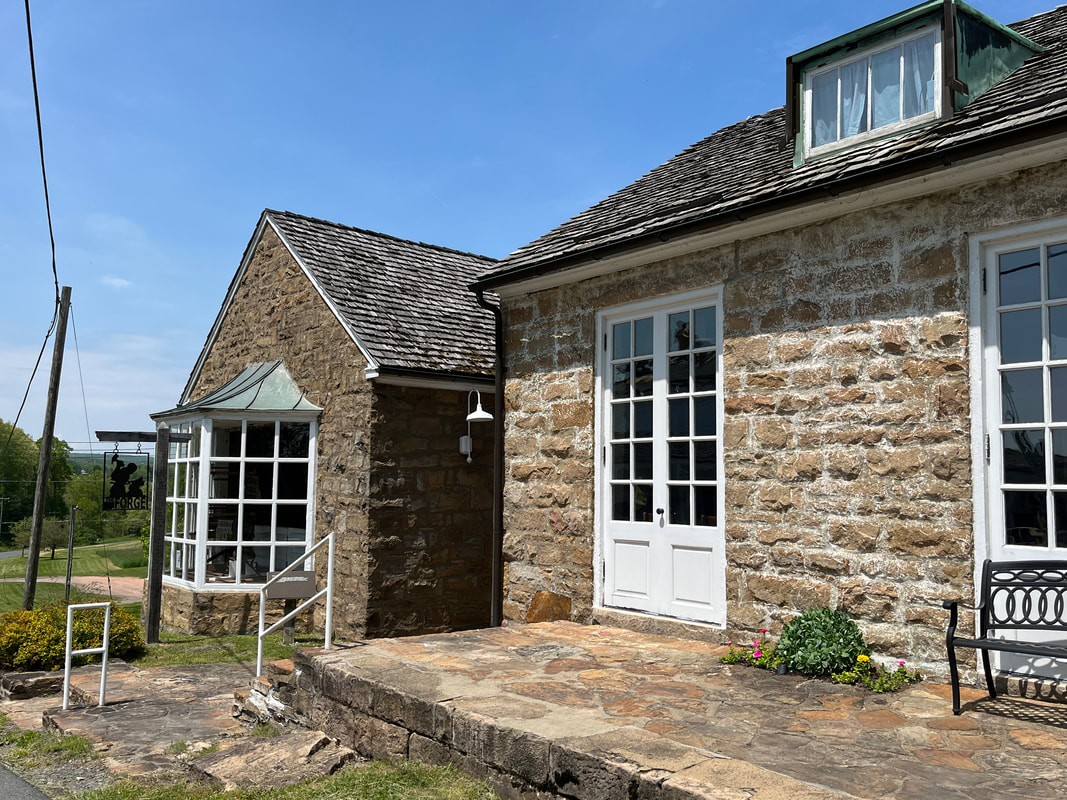
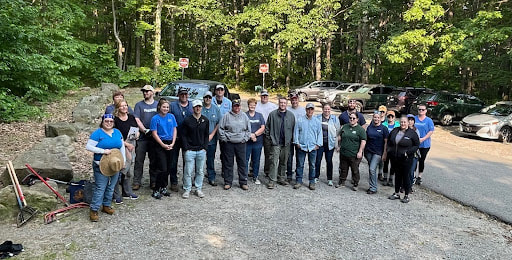
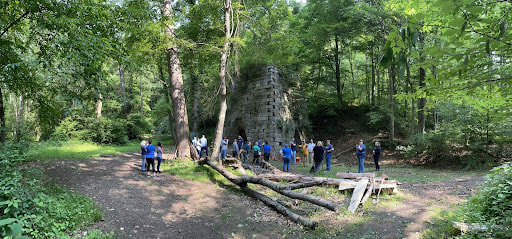
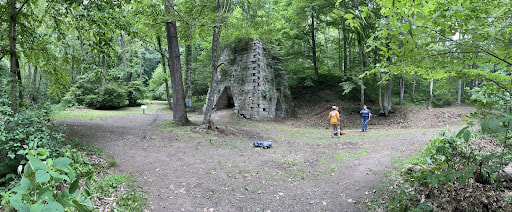
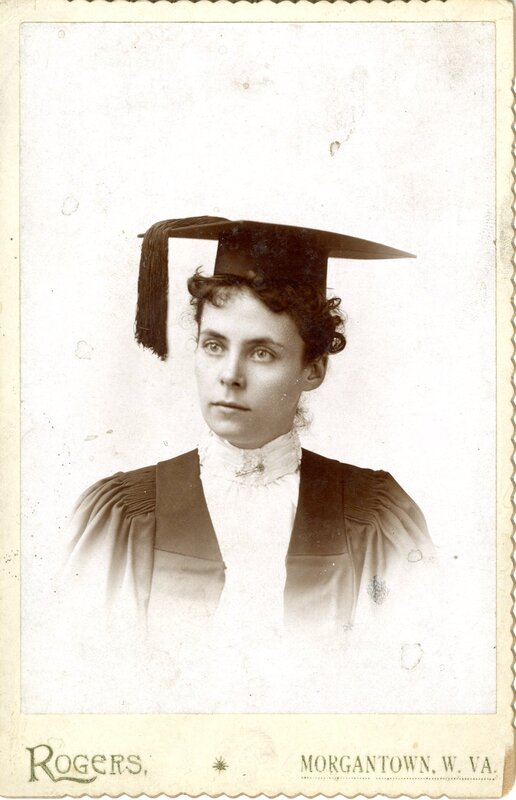
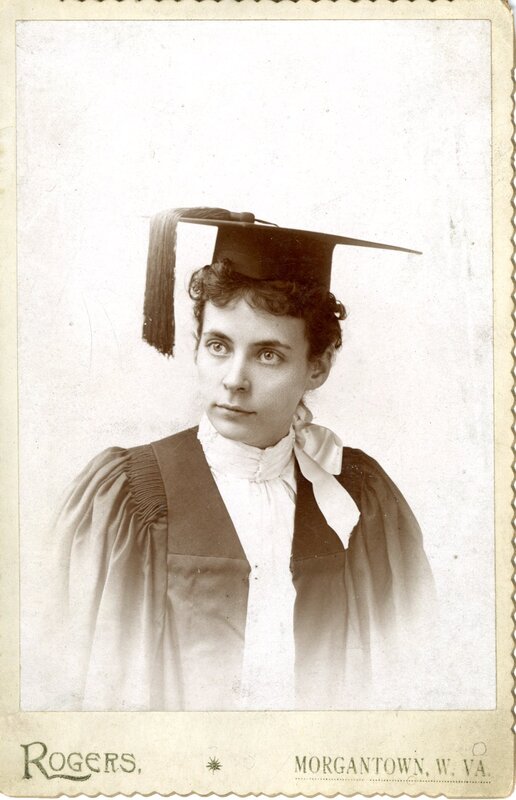
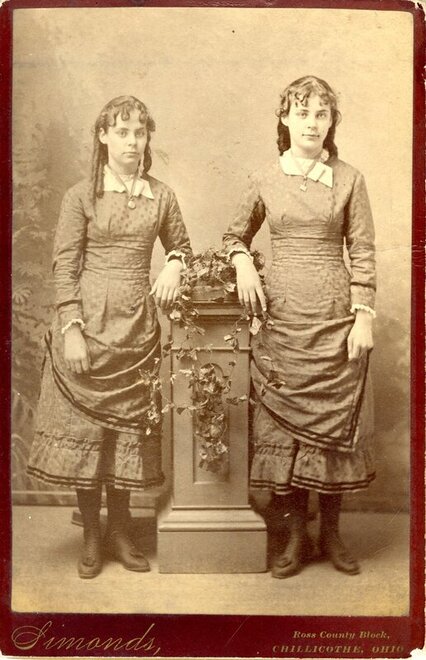
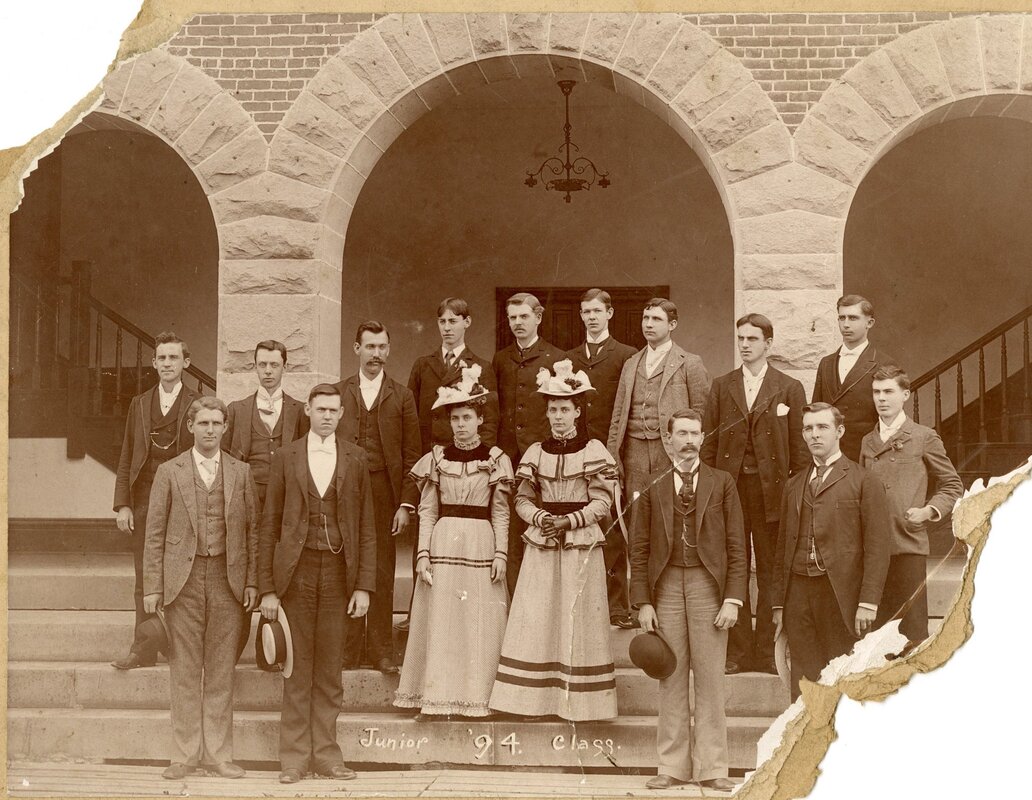

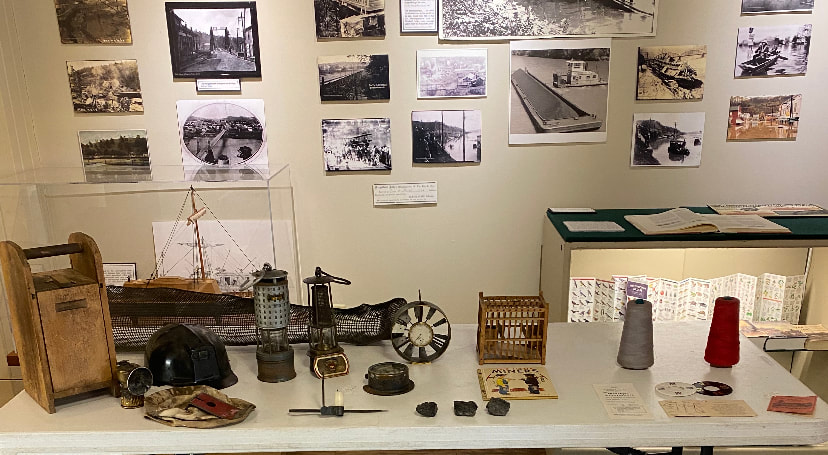
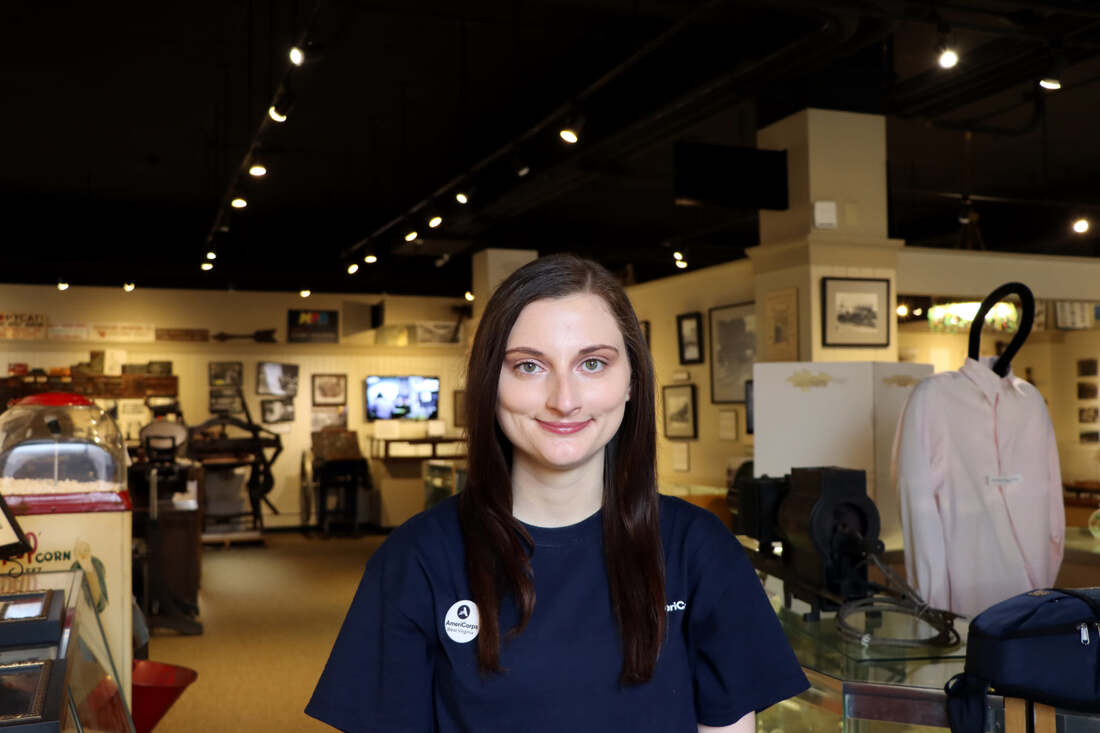
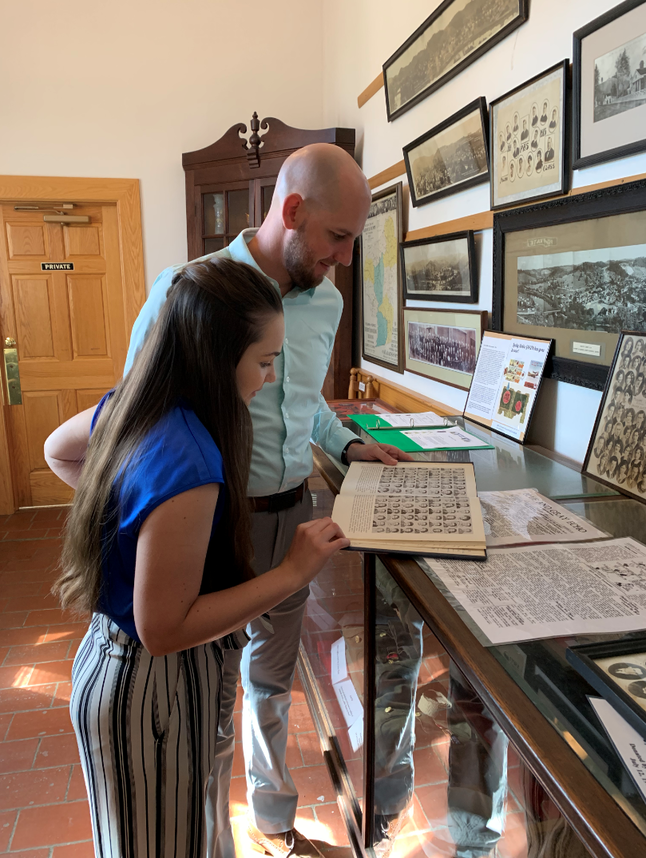
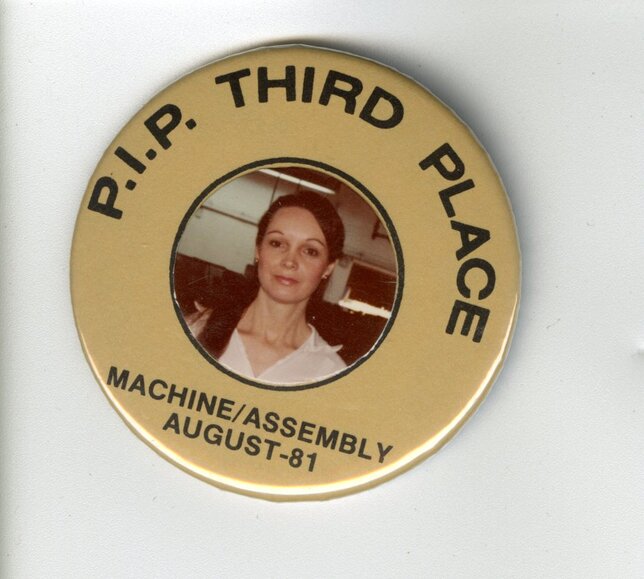

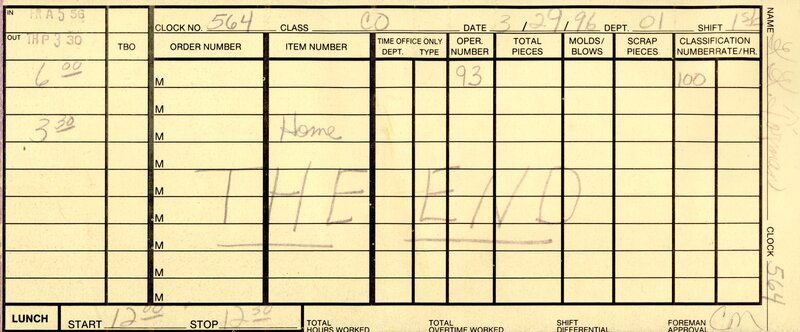
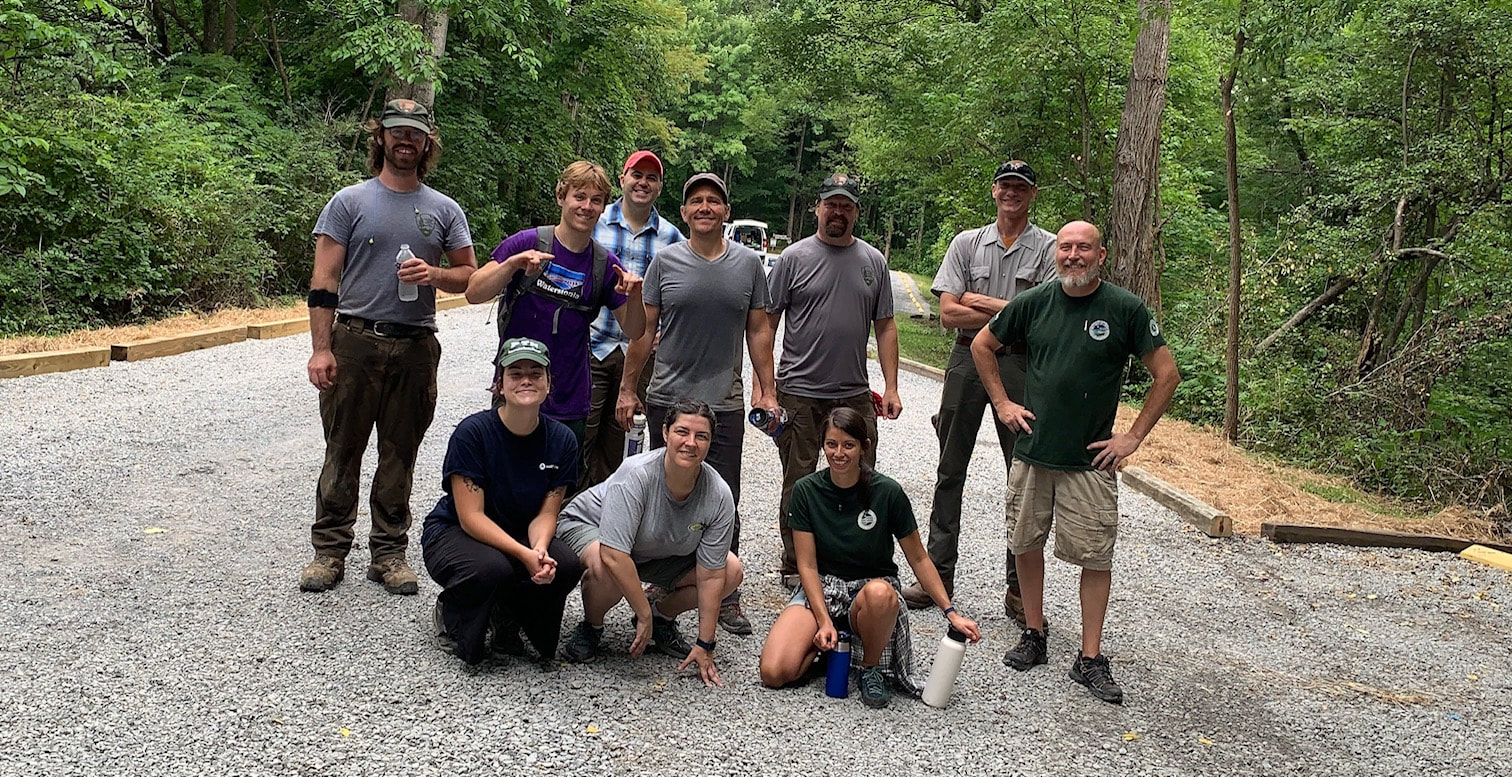
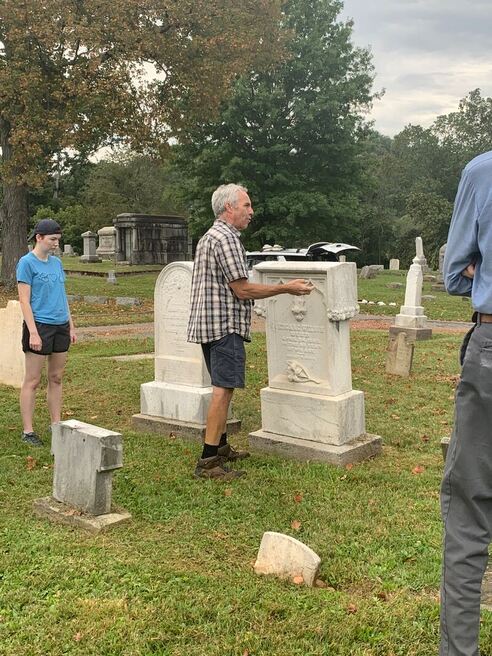

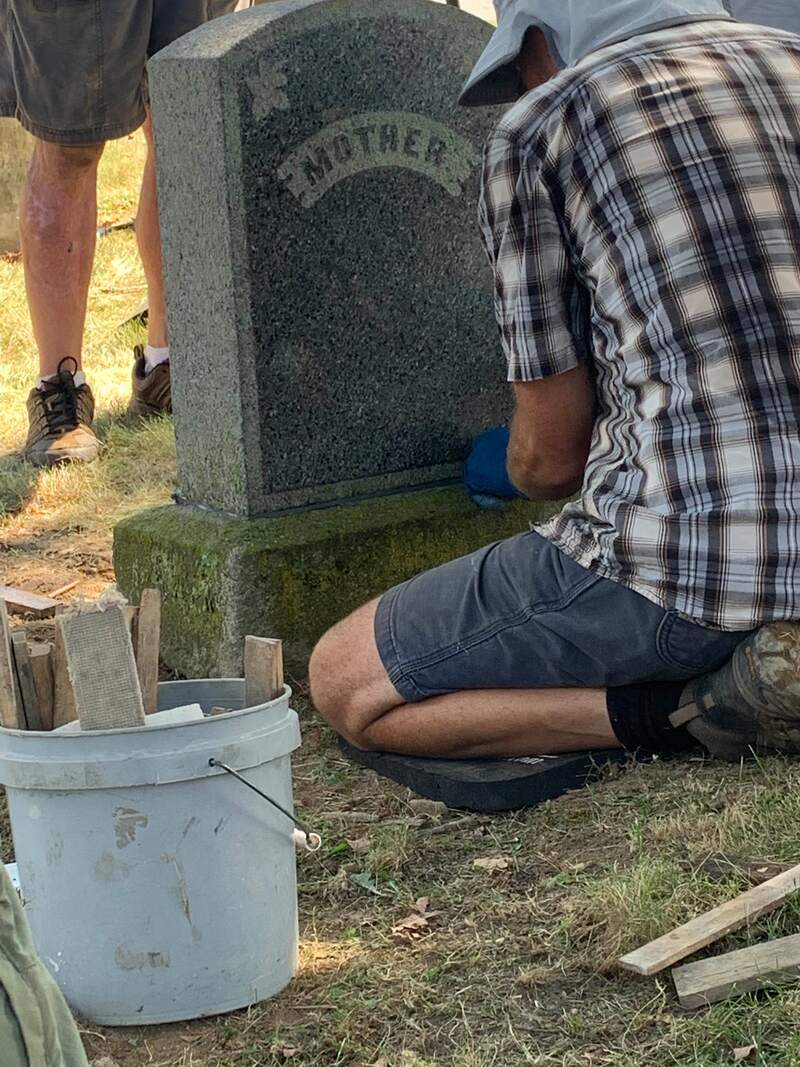
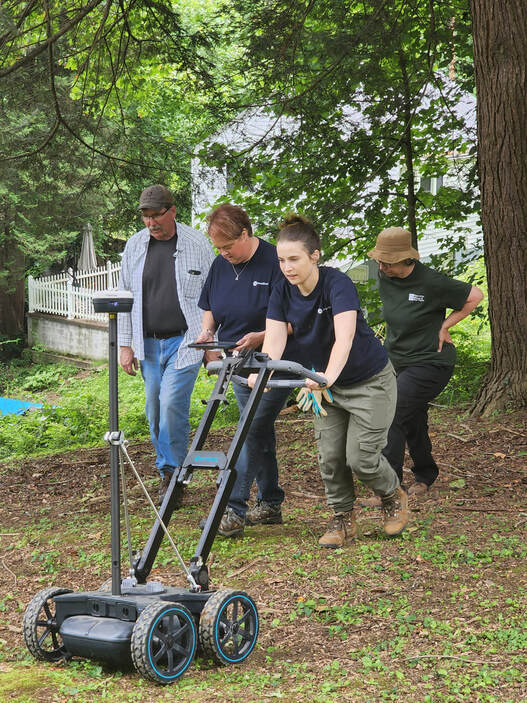
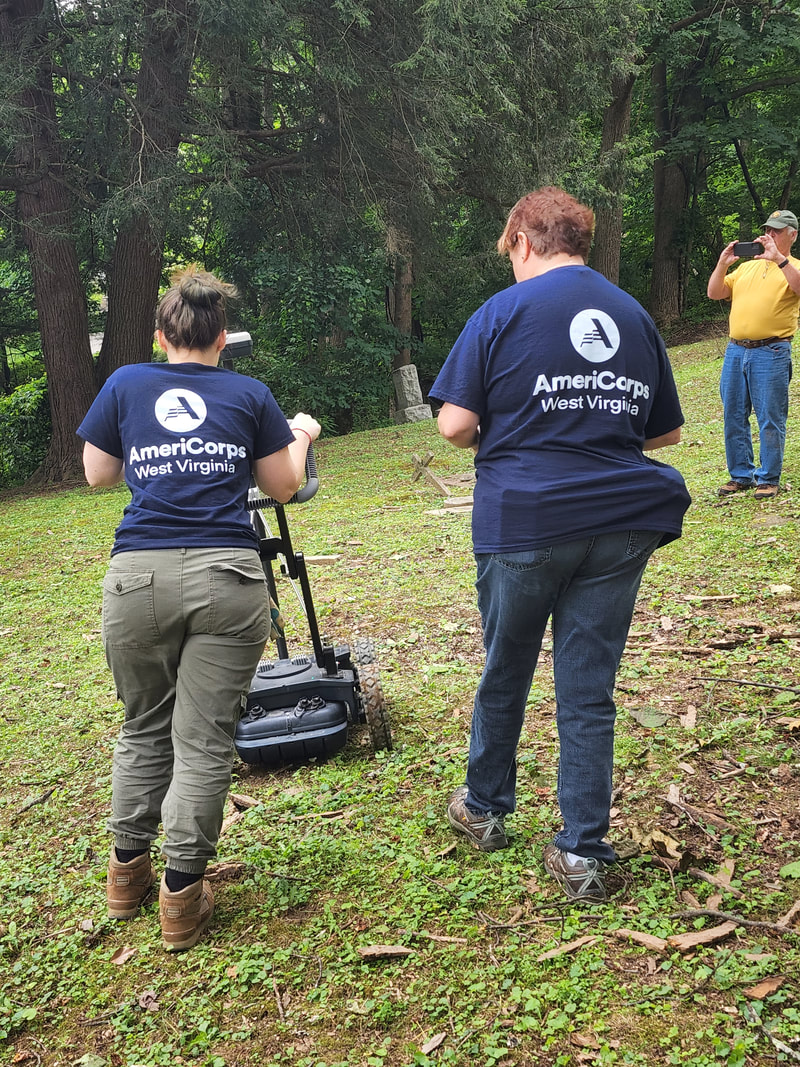
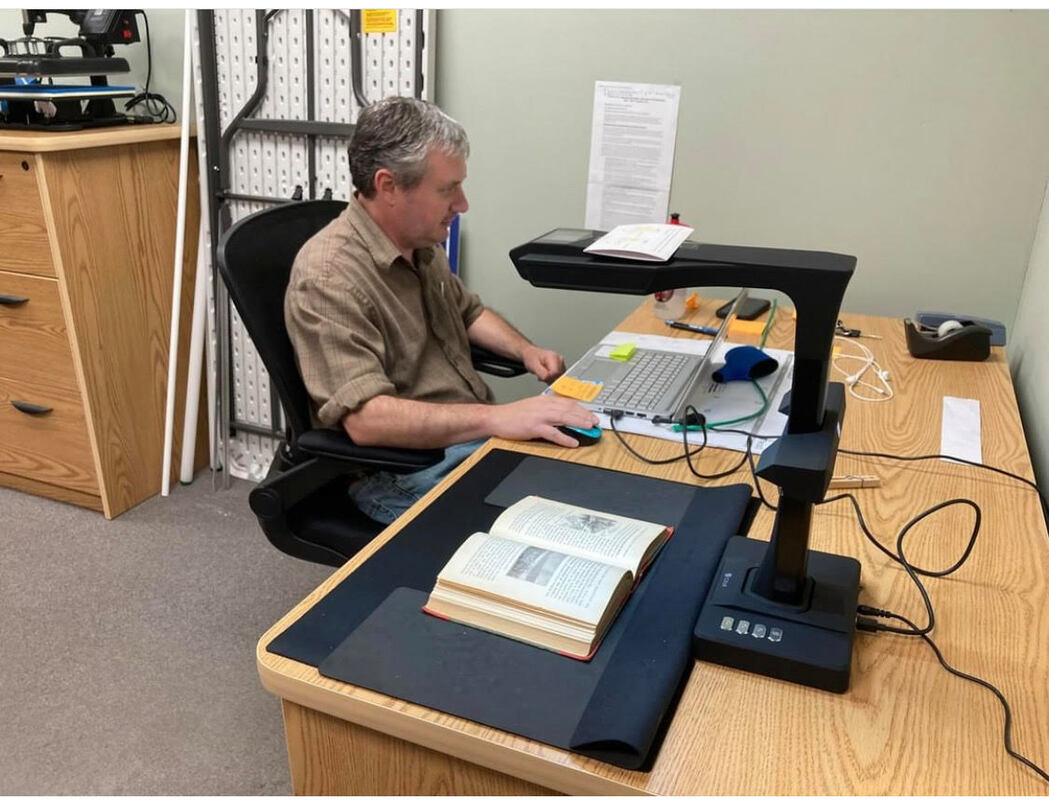
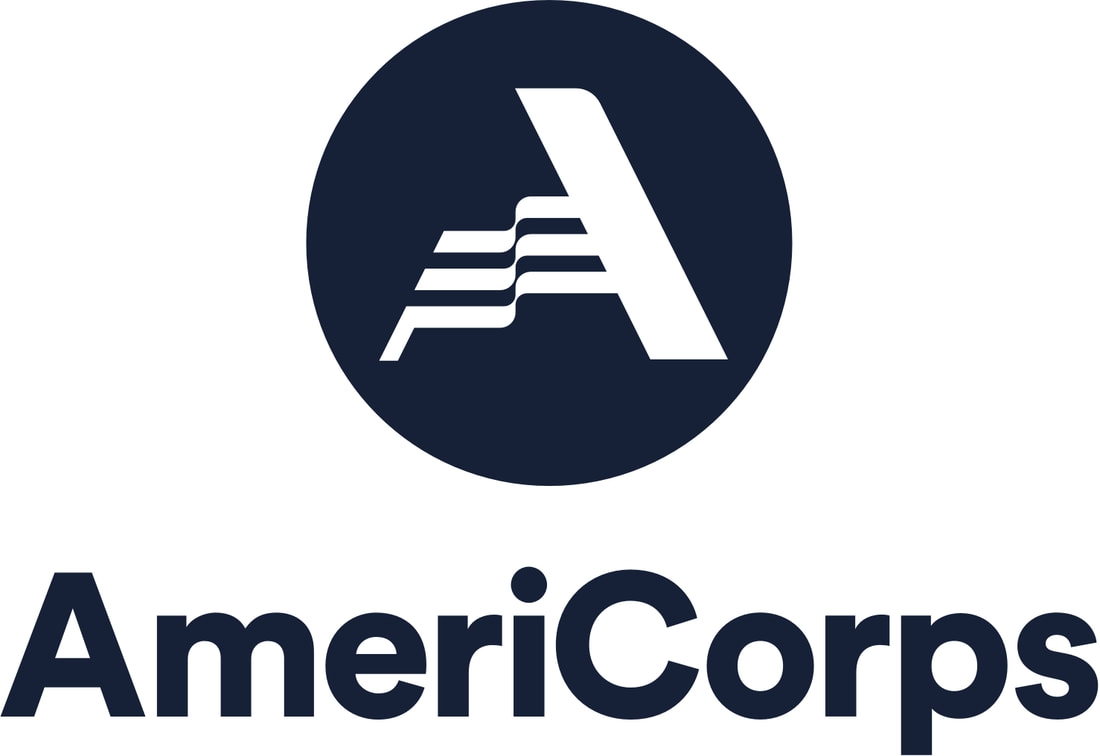
 RSS Feed
RSS Feed



